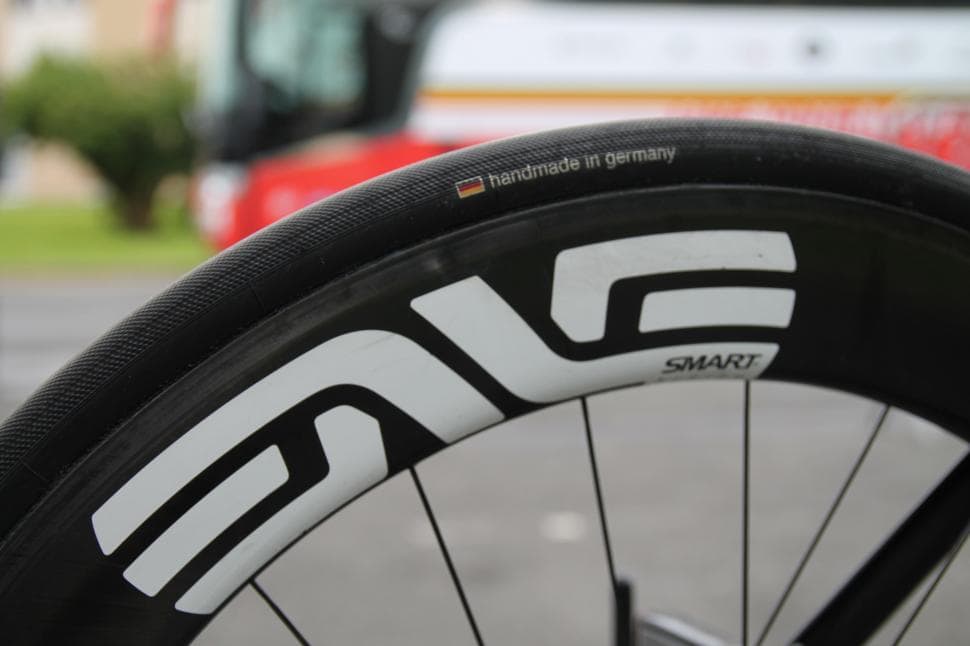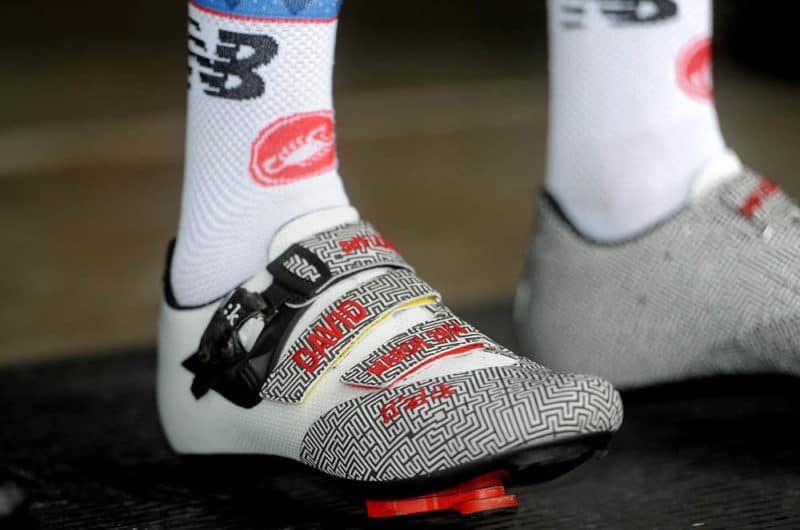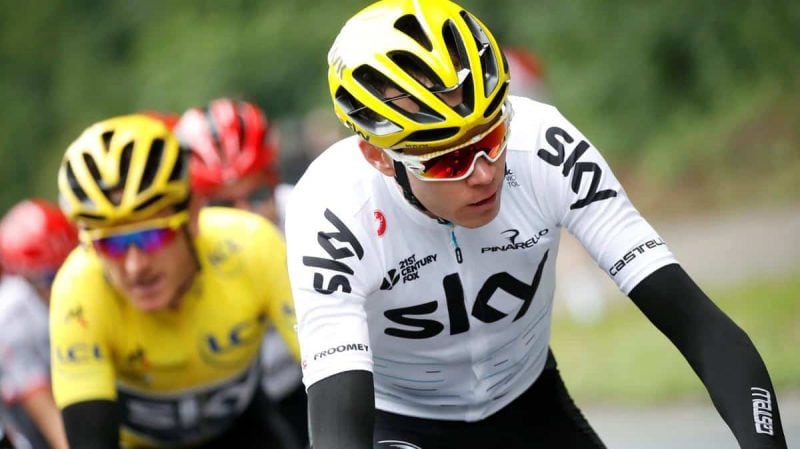10 Reasons to Watch the 2021 Tour de France
The Tour de France is the race of the year for cycling fans and cyclists. It takes place every July in France with the race traversing the various regions in France.
For non-cycling fans, the Tour de France is probably the only race they’ll watch. After all, it’s the biggest race in the cycling world. For those in France, it would be an experience of a lifetime to watch it in person to feel the atmosphere.
But if you’re at home, here’s why you should turn up the TV and watch it.
It’s the Biggest Annual Sporting Event

The Tour de France is the biggest annual sporting event on TV with 3.5 billion views in 2018. The 2018 soccer World Cup (3.6 billion) and 2008 Beijing Olympics were bigger (4.7 billion), but they take place every four years. It’s also estimated that 12 million people lined up along the route to catch the race in person.
In 2020, there was an average of 3.5 million views per stage on France 2 TV channel and a peak of 6.3 million on the queen stage 15 that finishes on top of the Grand Colombier.
No Two Days are the Same

With 21 stages, you can be sure that no two days are the same, or even close to being similar. There are many factors in play such as weather conditions, type of terrains, team tactics, crashes, injuries, mechanical problems among others that add to the excitement and making it unpredictable.
Even though the stages are long, between 3 to 5 hours on average, anything can happen at any time. There are no boring days on the Tour.
A Tour of France’s Stunning Landscapes

The Tour is much more than a cycling race. It’s an opportunity for the organizers to showcase to the world the beautiful landscapes of France. In recent years, the Tour also crossed borders to Belgium (2012, 2019), Germany (2017), Holland (2015), and UK (2014) for the Grande Depart (first stage).
Each day, the landscape changes from the lavender fields in Provence to the stunning Alps and Pyrenees to the Champs-Élysées in Paris and everything in between.
This is achieved through well thought and planned cinematography by the broadcasters. There are cameras everywhere on helicopters, motorbikes spread across the peloton, car dashcams, and onboard cameras on the bicycles.
All these provide viewers with interesting angles to watch the race and the cinematography is truly a work of art.
See the Superstars of Professional Cycling

The Tour de France is where the majority of the biggest cycling personalities and superstars are present.
In 2021, we have all the road World Champions for the past 10 years dating back to Mark Cavendish, three former Tour de France winners (Geraint Thomas, Chris Froome, Vincenzo Nibali), the current defending champion, Tadej Pogacar, various other Grand Tour winners (Nairo Quintana, Richard Carapaz, Alejandro Valverde, Primoz Roglic, Simon Yates, Tao Geoghegan Hart) and various national Road Race champions.
It’s the race where the best is.
All the Best and in Form Cyclists in One Place
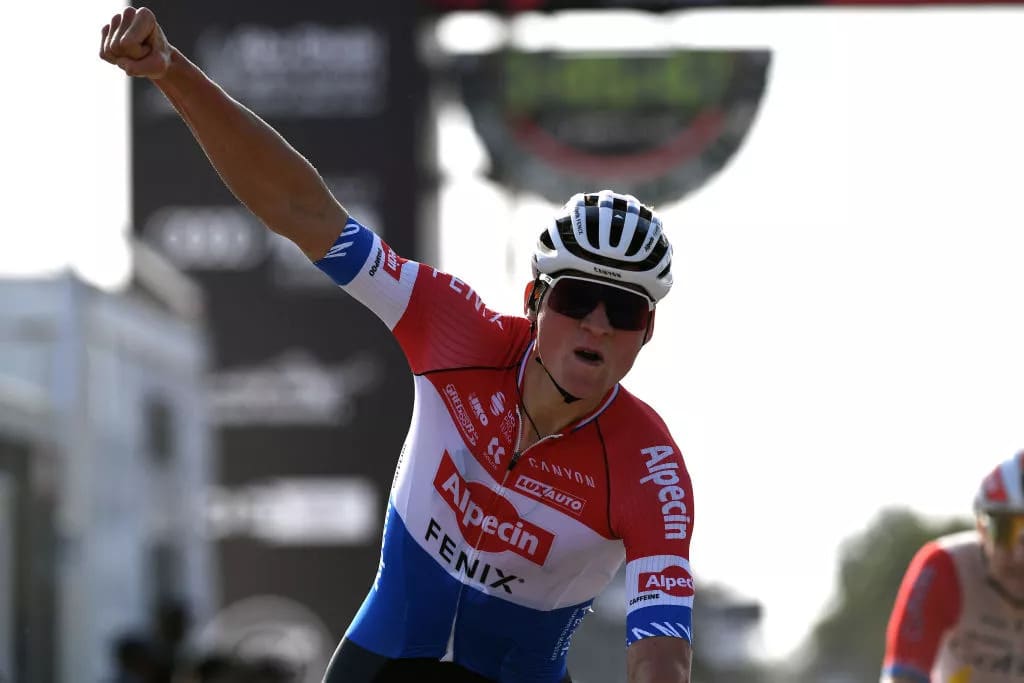
In the professional cycling world, the Tour de France is the race of the year. It’s the opportunity for fans to see the best cyclists in their peak form racing for 21 days. While there are hundreds of professional cycling teams around the world, only 23 will take part.
19 of them are automatically invited as they’re part of the World Tour and 4 are invited based on the organizer’s discretion. Each team will bring their eight best riders to the Tour.
For many cyclists, a stage win at the Tour can define their career. An overall win will bring them stardom.
Drool Over all the Best Cycling Tech
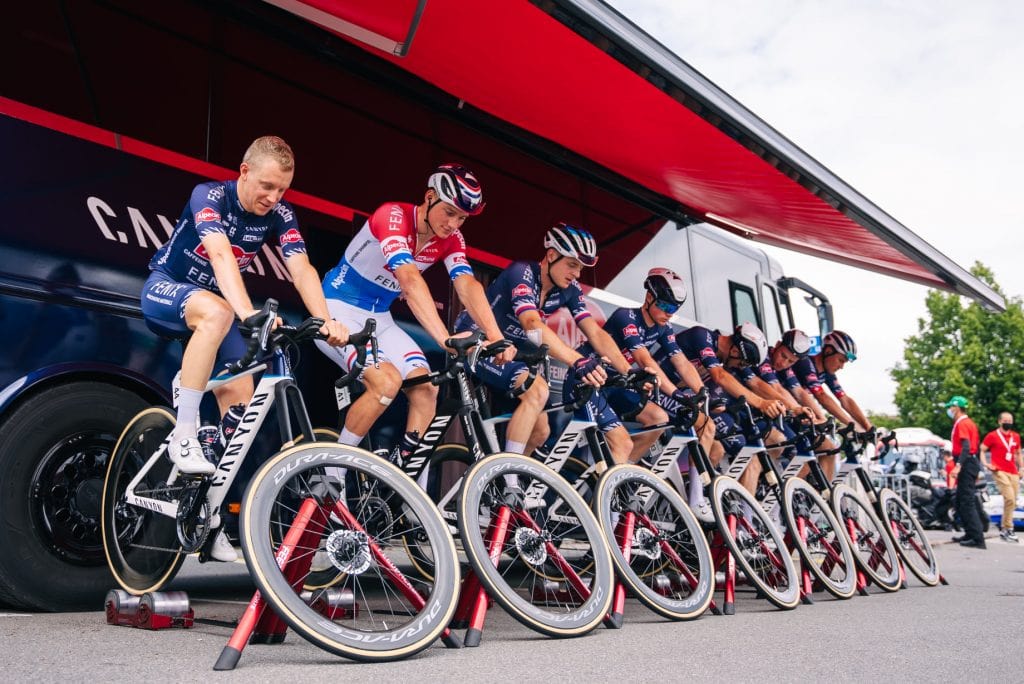
For the gear geeks, the Tour de France is where all the latest cycling gear and tech are showcased to the world. New bikes, wheels, components, helmets, shoes, bike computers, sunglasses among others. For cycling fans, it’s an opportunity to take a closer look and drool over all these.
Most new gear and tech are usually launched a few weeks prior, at the Criterium Dauphine, which is a warm-up race to the Tour. This is where the pros will try them in actual race conditions.
No one wants to do a trial during the biggest race of the year to minimize the risk of gear failure, especially at crucial moments.
There are Many Races within A Race
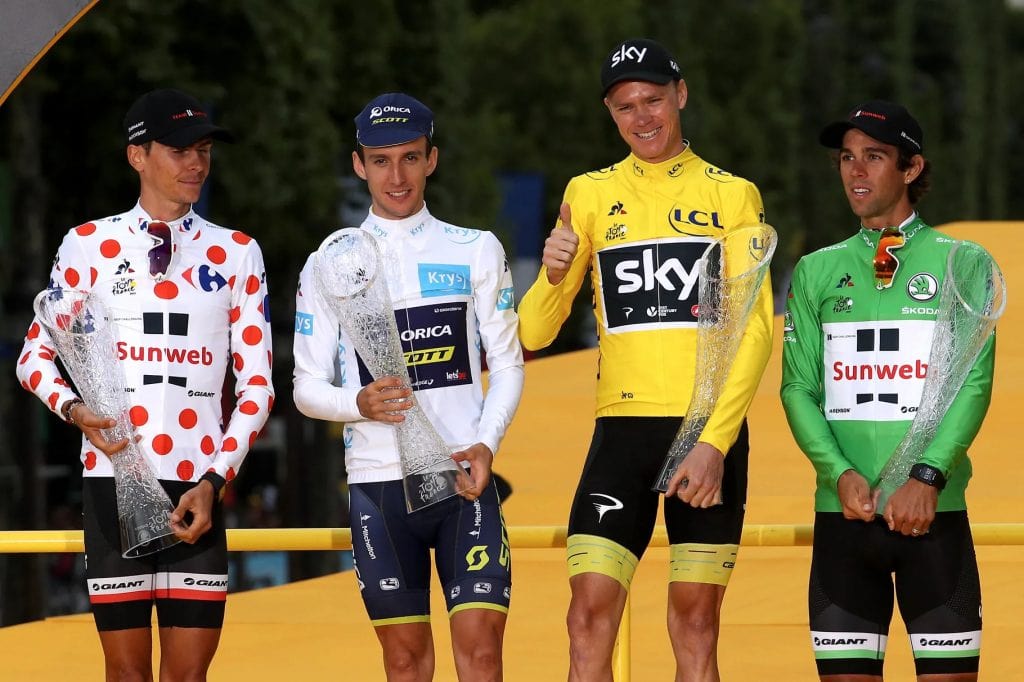
The unique thing about the Tour is that there are many races within a race, all happening simultaneously.
Perhaps the most well-known race the overall classification (yellow jersey), but there are others such as sprint classification (green jersey), king of mountains classification (polka dot jersey), and best young rider classification (white jersey).
In addition to that, there are daily stage wins, daily most aggressive rider, and best team classification races. With so many races and wins for grabs, it makes for a very interesting race as every team and rider has different objectives.
Complicated Strategies Spice Things Up

For those new to pro cycling, watching the Tour can sometimes confusing. Teams often deploy tactics that make the average cyclist scratch their head in confusion. For example, the stronger rider doesn’t always win, gift the win away for future favors or rivals working with and against each other on different days.
This all boils down to the objectives of the team. There are only a handful of teams that is there to win the overall classification while the rest are there to win stages and other classification jerseys.
The race is so dynamic due to crashes, mechanical problems, and many unforeseen circumstances that the team’s objectives can change on a daily basis.
It's Unpredictable

The beauty of the Tour is that anything can happen at any time. There’s a saying that the Tour cannot be won but can definitely be lost during the first week.
Over the years, we’ve witnessed many of the strong contenders crashing out during the first few stages. The first week is usually very chaotic and stressful as everyone is fresh and raring to go. The racing is more aggressive as many teams have a good chance at taking the overall lead (yellow jersey).
It’s a race of attrition and riders who compete for the general classification have to make it to Paris to win it.
It’s a Team Sport

The Tour de France is much more than the riders. While the winner usually takes all the credit and glory, this will not happen without the help of his teammates, mechanics, soigneurs, chef, and doctors who are working behind the scenes to ensure everything else goes smoothly. There is more support staff than the riders in a Tour de France team.
There are eight riders with one being their leader. Depending on their objectives, some teams might have more than one. The leader will be the protected rider. He’s the guy the team will rely on to achieve their main objective.
The other seven teammates, called domestiques will be there to provide assistance to the leader such as bringing him food and drinks, giving him a spare wheel or bike during crashes, riding in the wind, closing down attacks, pacing him up the climbs or leading the descends.
Author Recommended Reads

